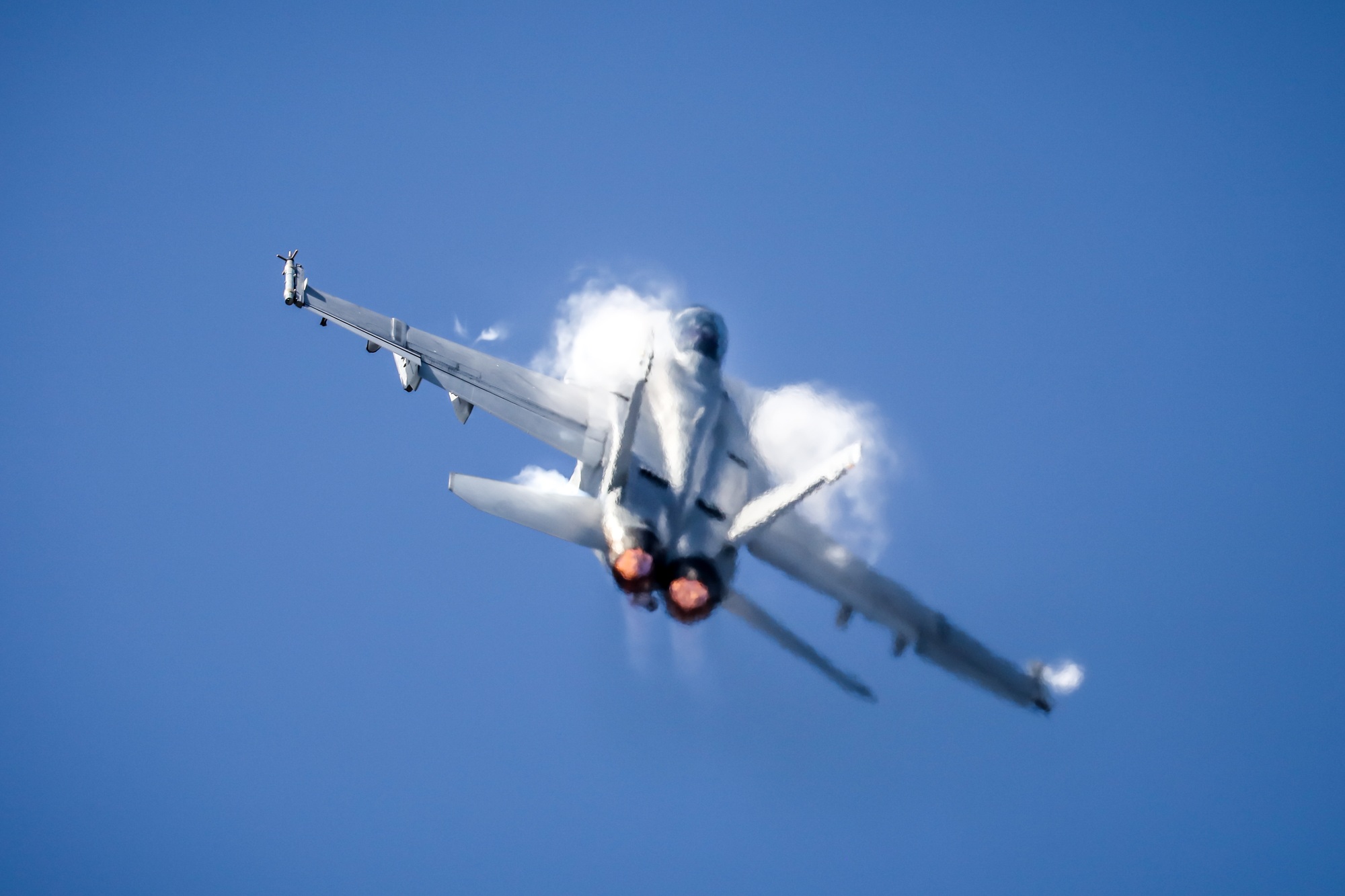DARPA Wants Quantum Sensors That Can Go Mobile

Insider Brief
- DARPA’s Robust Quantum Sensors (RoQS) program aims to adapt quantum sensors for mobile defense platforms by overcoming challenges like vibrations and environmental interference.
- The program will integrate advanced sensors into military systems through collaboration with private-sector manufacturers and government teams.
- Quantum sensors developed under RoQS could improve navigation in GPS-denied areas and enhance threat detection by stabilizing performance in dynamic environments.
Mobility is the essence of modern warfare, which poses a challenge for quantum sensing technology because these devices, sensitive to every bump and vibration, don’t make the best travel companions.
Defense Advanced Research Projects Agency (DARPA) is hoping to change that and develop systems that could, for example, help the military navigate in areas where global positioning systems have been blocked by natural obstructions or denied by enemy jamming.
According to a notice from the agency’s Microsystems Technology Office (MTO), the agency is preparing to launch a program aimed at deploying advanced quantum sensors on U.S. Department of Defense (DoD) platforms. The Robust Quantum Sensors (RoQS) initiative seeks to overcome the challenges of deploying quantum sensors on mobile defense platforms, where factors like motion, vibrations, and environmental interference degrade their performance.
Quantum Sensors for Defense
Quantum sensors, which measure physical properties such as magnetic fields, acceleration, rotation, and gravity with extreme precision, have shown remarkable potential in laboratory environments, according to DARPA, which is the agency responsible for developing emerging technologies for national security. However, their accuracy often declines when deployed on moving platforms like vehicles or aircraft. These environments introduce disruptive factors, including electrical and magnetic fields, uneven gradients, and vibrations, that interfere with sensor performance.
The RoQS program aims to develop quantum sensors that can inherently resist such performance degradation. DARPA plans to achieve this by exploring innovative approaches rooted in advanced physics.
Dual-Track Approach
The program intends to take a two-track strategy to integrate quantum sensors into military systems. First, DARPA will collaborate with private-sector platform manufacturers to identify appropriate military systems for integrating these sensors. Second, a government team will work with platform owners and stakeholders to identify specific operational requirements and test the sensors on DoD platforms.
This approach reflects DARPA’s goal of aligning cutting-edge technology development with practical applications in defense.
“It is the intent of RoQS to transition RoQS-developed quantum sensors onto DoD platforms with associated Programs of Record (POR) fulfilling outstanding requirements,” the agency explained.
Addressing Real-World Challenges
While quantum sensors are of deep interest for their precision, DARPA’s initiative aims to overcome their sensitivity that they have historically posed challenges for use in dynamic environments by employing novel physical techniques to stabilize and enhance sensor reliability.
Advances in this realm would have significant implications for military operations. Quantum sensors could improve navigation systems, enabling more accurate positioning in GPS-denied environments, such as underground or underwater locations. Additionally, they could enhance threat detection by identifying subtle changes in magnetic or gravitational fields, which might indicate concealed objects or activities.
A key aspect of the RoQS program, then, is its focus on real-world deployment. DARPA plans to demonstrate these quantum sensors on government-provided platforms by the program’s end, ensuring they meet practical performance benchmarks. The notice suggests this emphasis on integration and testing highlights the agency’s commitment to transitioning promising technologies from research phases to operational readiness.
The last date to respond to the notice is January 24.
For more information, or to contact the agency about this opportunity, please follow this link.
